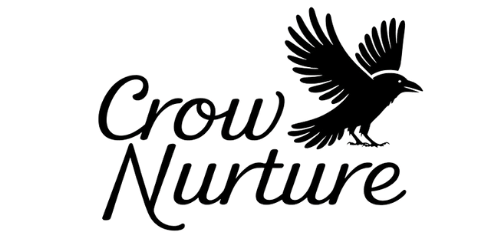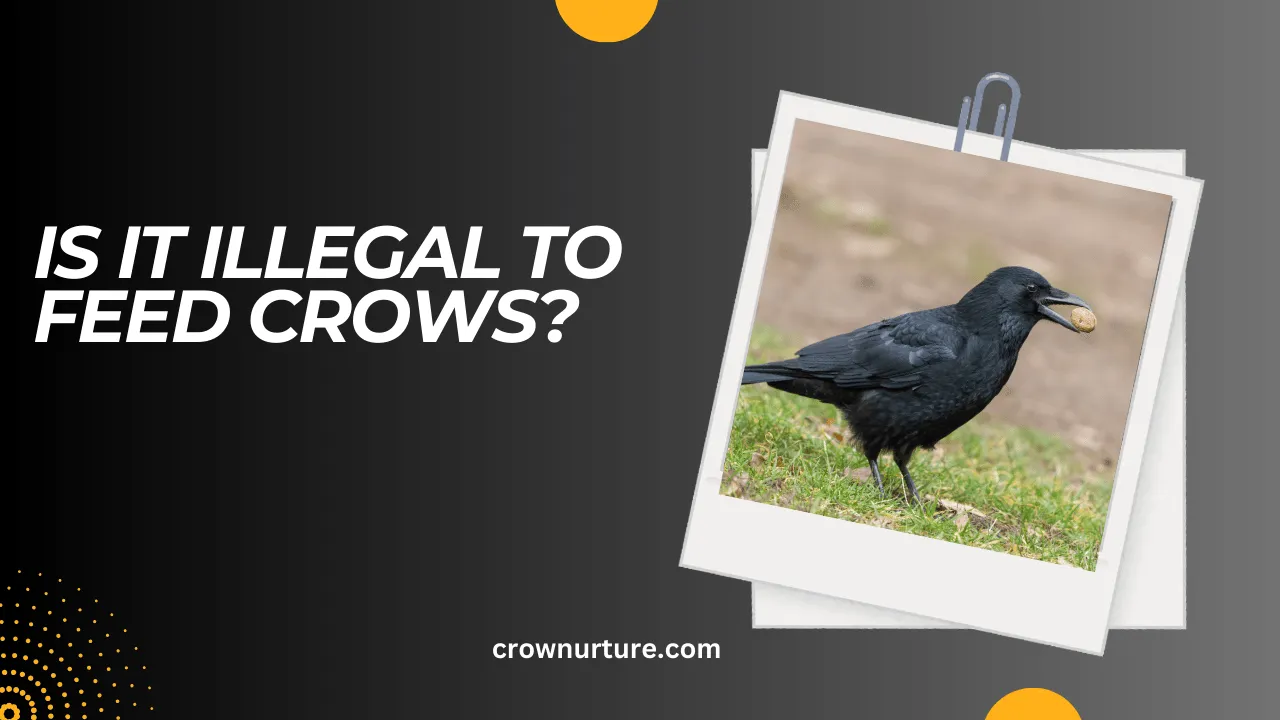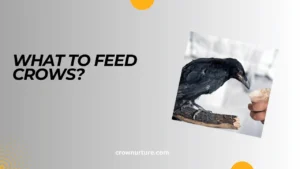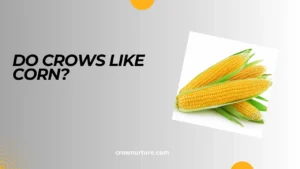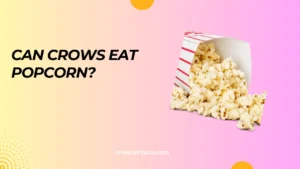Crows are among the most intelligent and resourceful birds, often sparking curiosity and admiration for their ability to adapt to human environments. However, when it comes to feeding these fascinating creatures, the seemingly innocent act can lead to legal and ethical dilemmas.
Could your efforts to bond with nature inadvertently land you in trouble? Feeding wildlife, including crows, is a topic that intersects with local laws, public health, and environmental concerns.
While tossing a few scraps may seem harmless, it can have unintended consequences, such as attracting pests or creating a public nuisance. Moreover, the legality of feeding crows varies significantly depending on where you live, adding another layer of complexity.
This article will explore the legalities of feeding crows, why some regions restrict it, and the broader implications for wildlife and ecosystems. Whether you’re an avid bird enthusiast or just curious, understanding these factors can help you make informed choices and respect the balance between humans and nature.

Contents
1. Local Ordinances and Regulations
Feeding crows may seem like a simple act, but local laws often govern interactions with wildlife. Many cities and counties have ordinances that regulate or outright prohibit feeding birds like crows to maintain ecological balance.
Specific restrictions can vary widely. Some areas explicitly ban feeding crows due to their potential to become pests, while others may include them under broader wildlife feeding regulations. Violating these rules can lead to fines or other penalties, so it’s crucial to check the laws in your area.
In some cases, ordinances aim to protect human spaces, ensuring that feeding wildlife doesn’t create issues like overcrowding or property damage. These laws balance the interests of both people and nature.
2. Wildlife Regulations and Conservation
On a broader scale, federal and state laws may impact the legality of feeding crows, especially if they fall under wildlife protection acts. For instance, in the U.S., laws like the Migratory Bird Treaty Act protect many bird species, though crows are often excluded.
Feeding crows can disrupt their natural foraging behaviors, making them overly dependent on human food sources. This not only affects their health but also alters ecological dynamics, potentially harming other species in the area.
Additionally, feeding crows can increase the risk of disease transmission, as large gatherings of birds near feeding sites can spread illnesses among themselves and to other animals.
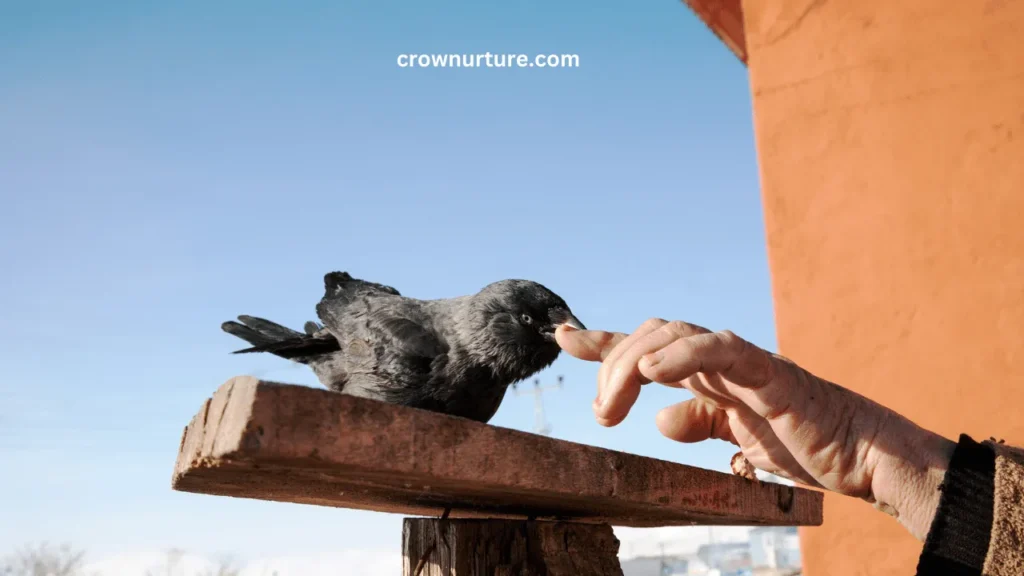
3. Public Health Concerns
Feeding crows doesn’t just affect the birds; it can have significant public health impacts. Food scraps left out for crows often attract other pests, such as rats and mice, creating a ripple effect of nuisance and potential disease vectors.
Crows themselves can cause property damage, from tearing up gardens to nesting in inconvenient or unsafe locations. This behavior is often exacerbated in areas where they’ve grown dependent on human-provided food.
An increase in crow populations due to feeding can also lead to noise pollution and droppings, turning them into a public nuisance and straining relationships between wildlife and local communities.
4. Ethical Considerations
Feeding wild crows raises important questions about animal welfare. While it may feel like an act of kindness, feeding them can make the birds reliant on human food, which is not always nutritious or safe for their diet.
Additionally, feeding crows can escalate human-wildlife conflicts, as larger bird populations may encroach on other animals’ habitats. Balancing the needs of both humans and wildlife requires thoughtful and responsible actions.
Instead of feeding crows, consider alternative methods to support their well-being, such as preserving natural habitats or planting native flora that provides sustainable food sources.
5. Practical Tips for Responsible Wildlife Interaction
If you’re passionate about engaging with nature, there are ways to do so responsibly. Avoid direct feeding, and instead focus on creating environments that naturally support birds and other wildlife.
Use methods like bird-friendly landscaping to attract crows and other species without disrupting their natural behaviors. Habitat restoration projects or community cleanups can also have a positive impact.
Finally, educate yourself and others about the long-term implications of feeding wildlife, ensuring that your actions align with both legal guidelines and ethical principles.
Conclusion
Feeding crows may seem like a harmless or even endearing activity, but it’s fraught with legal, environmental, and ethical complexities. From local ordinances and wildlife regulations to public health concerns, the act of feeding these intelligent birds can have far-reaching consequences.
Understanding the risks and responsibilities associated with feeding wildlife helps protect both the birds and the broader ecosystem. By respecting laws and adopting responsible practices, we can ensure a healthier balance between human and animal interactions.
Ultimately, fostering coexistence with wildlife requires awareness, education, and thoughtful actions, reminding us of our role as stewards of the natural world.
FAQs
1. Is feeding crows illegal everywhere?
No, the legality of feeding crows depends on local laws and regulations, which can vary widely.
2. Why are there laws against feeding crows?
Laws often aim to prevent public nuisances, protect ecosystems, and mitigate health risks associated with feeding wildlife.
3. Can feeding crows attract pests?
Yes, food left out for crows can attract rats, mice, and other pests, creating additional problems.
4. Do crows rely on human food when fed regularly?
Feeding crows can disrupt their natural foraging behavior, making them dependent on human food sources over time.
5. Can crows spread diseases to humans?
While rare, crows can carry diseases like West Nile Virus, especially in areas with dense bird populations.
6. What are alternatives to feeding crows?
Focus on bird-friendly landscaping or habitat restoration to support crows and other wildlife naturally.
